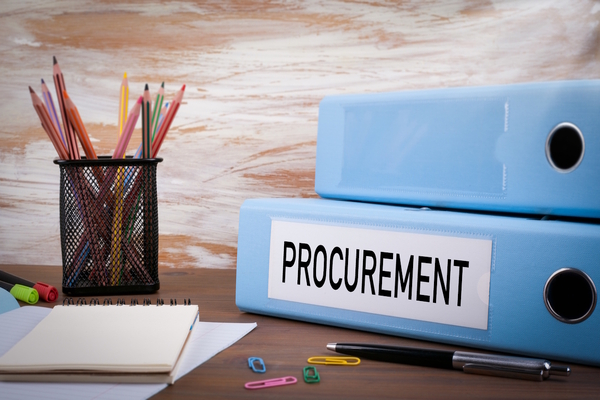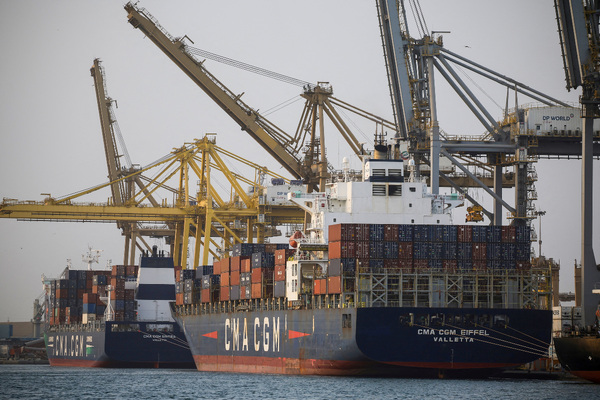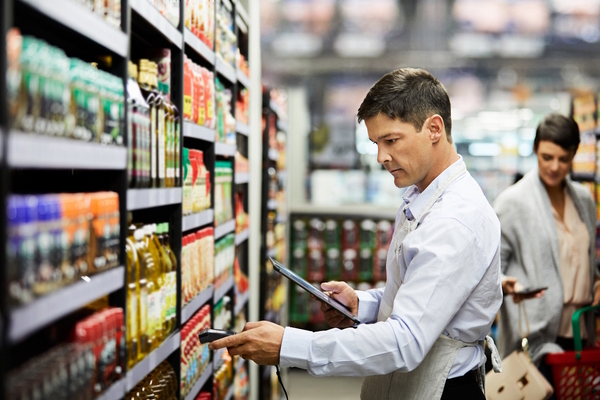Don’t forget the supply chain iceberg

Jim Bralsford at Kinaxis explains how supply chain planners can get a broader perspective on sustainability
Where there’s a will, there’s a way, as the saying goes. But knowing the way is fundamental for organisations to be able to make good on their commitment to corporate sustainability.
In KPMG’s 2021 CEO Outlook, CEOs placed environmental/climate change risk as the joint first threat to growth. Enthusiasm to ensure greener credentials among business leaders is therefore high, but the challenge of understanding where that risk lies remains the biggest hurdle.
When businesses approach sustainability, many will be laser-focused on reducing carbon emissions, which is not surprising among the backdrop of stringent net zero targets set by governments. The fuel used by company vehicles, fuel combustion and purchased electricity and steam are likely to be under the spotlight.
These emissions fall under scope 1 and 2 of the Greenhouse Gas (GHG) Protocol, but are obvious in nature and only account for a small fraction of the complete sustainability picture. For supply chain planners and others involved in the process, taking a broader view will be essential.
The tip of the iceberg
Sustainability in the sector can be best explained with an iceberg analogy. Scope 1 and 2 emissions account for around 20% of an organisation’s emissions. The more significant section, which is hidden under the water, covers scope 3 emissions, or the remaining 80%. This is much more focused on elements of the wider supply chain, including purchased goods and services, business travel, waste disposal and transportation and distribution.
This hidden majority is silently escaping the radar of numerous organisations. In fact, a recent Crowell & Moring survey discovered that one-third of companies claimed to measure supply chain sustainability, but less than half of those making that claim are considering scope 3 emissions.
It’s indicative of a gap between the will and the way when it comes to sustainable initiatives. For supply chain planners, it’s time to address these aspects, particularly as 80% of supply chain managers reported little to no involvement in planning for sustainability or were unaware of their corporate strategy for it.
The supply chain covers as far as the carbon emissions associated with consumers at the end of the process, meaning planners require transparency across the whole network to make better decisions. This means thinking beyond emissions to include levels of water usage, rare raw material consumption and renewable energy and materials. Planners must gain a seat at the top table and take a key role in helping to educate key members of the board, playing a part in enabling sustainability objectives to be met as part of a wider strategy.
Proper planning and action
With a focus on increasing awareness established, sustainability needs to be incorporated into supply chain planning, otherwise efforts to decarbonise can be counteracted by poor daily decisions.
Failing to do so is the equivalent of installing solar panels for energy generation, turning the air conditioning to maximum but then throwing the windows wide open. It’s inefficient, costly and works against the purpose of installing the panels in the first place.
Technology is the enabler to this planning. Modern supply chain solutions consider a holistic approach, helping to collapse silos to foster organisation-wide collaboration, harmonise data to deliver real-time insights and simulate events for an agile response. These solutions can be applied against scope 3 emissions, allowing planners to evaluate the supply chain for improvement areas and align with organisational goals.
Effective planning and identification of opportunities has been beneficial for a range of prominent businesses already.
One example is Mars. With huge conglomerates, scope 3 emissions can cover thousands of different suppliers in locations around the world, making it difficult for them to control their environmental credentials. In 2020, the organisation took action to reduce its palm mill supplier count from roughly 1,500 to under 100 by the end of the year.
This move was taken in an effort to increase transparency of what was previously a highly complex chain and encourage a deforestation-free palm oil process.
Sustainable supply chains are a must-have
Ultimately, supply chains are in service of humanity, making them one of the most important aspects of any business. Sustainable supply chains are no longer an optional extra.
The good news is that more business boardrooms are now taking responsibility for Environmental, Social and Governance (ESG) aspects in their organisation, but they must make progress from corporate commitments to effective planning with the help of technology.
The artificial intelligence and machine learning elements of supply chain solutions can augment planners in these strategies. To meet long-term sustainability goals, carefully planned supply chains that place scope 3 emissions on equal footing with scopes 1 and 2 have to be incorporated into the wider organisation.
Doing so enables a more efficient supply chain, which is naturally more stable and therefore more sustainable. Supply chain planners are then empowered with a way that matches their will.
Jim Bralsford is Senior Director, Industry Solutions at Kinaxis
Main image courtesy of iStockPhoto.com

Business Reporter Team
Related Articles
Most Viewed
Winston House, 3rd Floor, Units 306-309, 2-4 Dollis Park, London, N3 1HF
23-29 Hendon Lane, London, N3 1RT
020 8349 4363
© 2025, Lyonsdown Limited. Business Reporter® is a registered trademark of Lyonsdown Ltd. VAT registration number: 830519543





